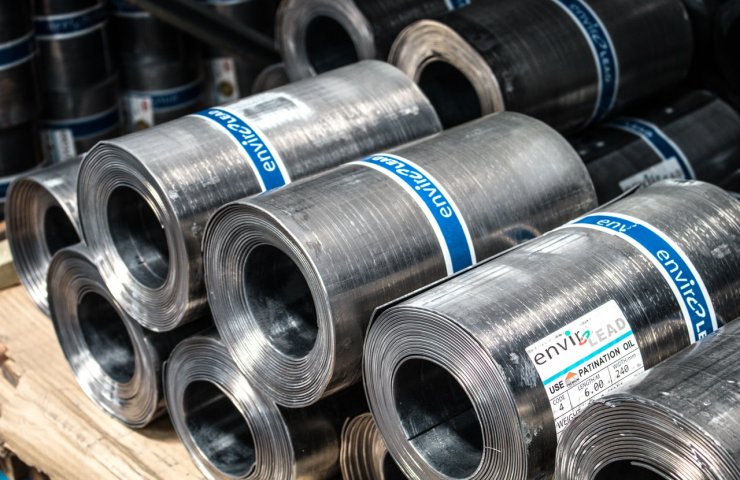If your production needs require any kind of alloy that does not have magnetic properties, stainless steel 904L . In this article you will find all the information you need to know about the characteristics of this metal, its approximate composition, as well as general information and potential areas of its application.
Approximate alloy composition
Among the austenitic types of steel existing on the market today, this type of stainless steel is in greatest demand. First of all, this is due to the relative ease of production in comparison with other types of alloys that do not have magnetic properties. Stainless steel 904L, also designated 1.4539 in some nomenclatures, is characterized by the presence of the following components in its alloy:
- Not more than 0.02% carbon;
- Up to 2% copper;
- Less than 2% manganese;
- About 24 - 26 percent nickel;
- About 4 - 5 percent molybdenum.
It must be borne in mind that the specific numbers that accurately characterize this type of stainless steel may vary somewhat from one country to another, as well as from one production hall to another. There are a number of objective reasons for this, the dominant among which is the slightly different technological process at different plants.
Attributes
In addition to the already mentioned property of not responding to magnets, which is formed as a result of the peculiarities of the crystal structure, it should also be noted that this alloy has an incredibly high resistance to pitting corrosion. However, it should be noted that if, for any reason, corrosion affects a product made of 904L, it quickly becomes unusable as a whole.
In addition, this type of stainless steel is also extremely resistant to so-called stress corrosion, which is especially common in extremely high humidity conditions. Such conditions, for example, include being under water, in conditions of high air humidity, or permanent precipitation (for example, the tropical zones of our planet).
Key Applications
It is the properties of increased resistance to stress corrosion, in the first place, that the whole specificity of the use of this alloy in production and human life arises. The most common applications for stainless steel 904L include:
- Creation of component materials for the civil and military fleet;
- Creation of prostheses, implants and other components implanted into living organisms;
- Manufacture of individual electronic components requiring increased resistance to moisture.
The scope of this is certainly not limited. For example, the fact that this alloy does not respond to magnets makes it an ideal candidate for the manufacture of components for magnetic resonance imaging machines.




